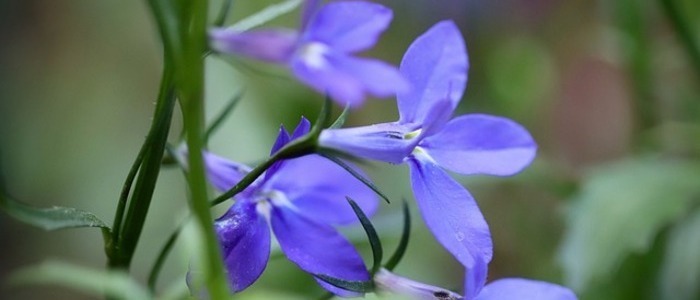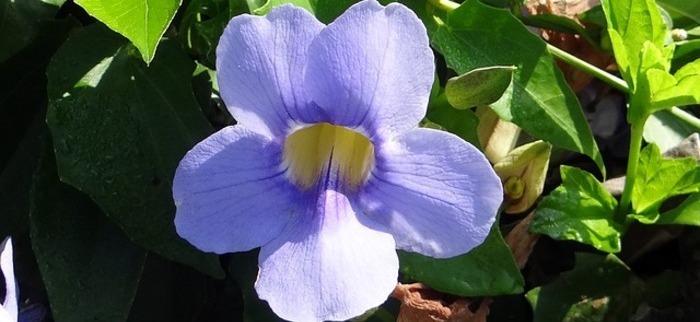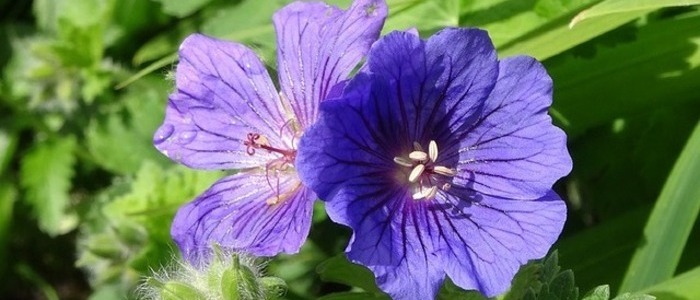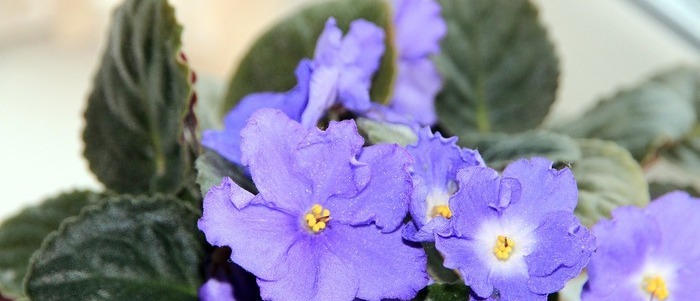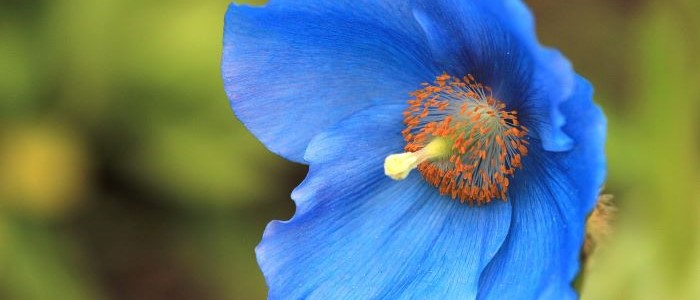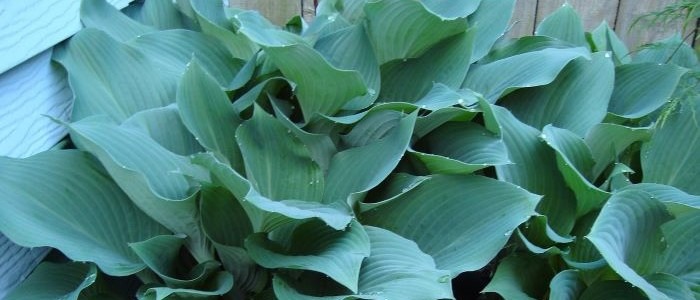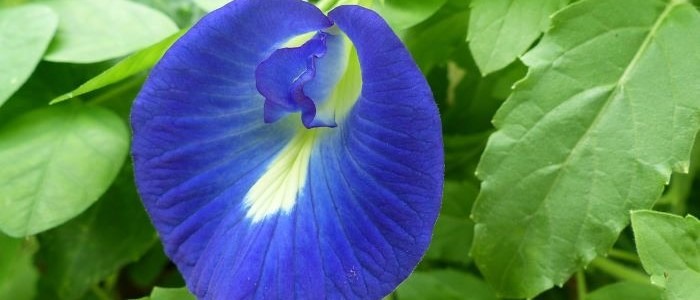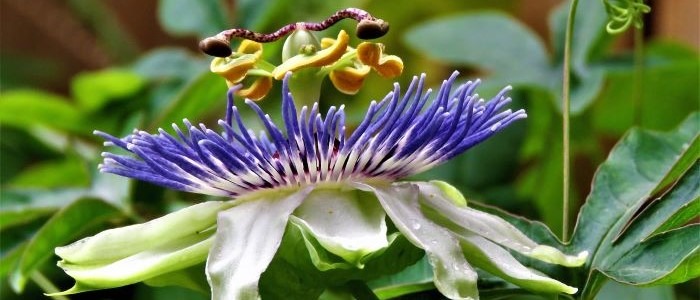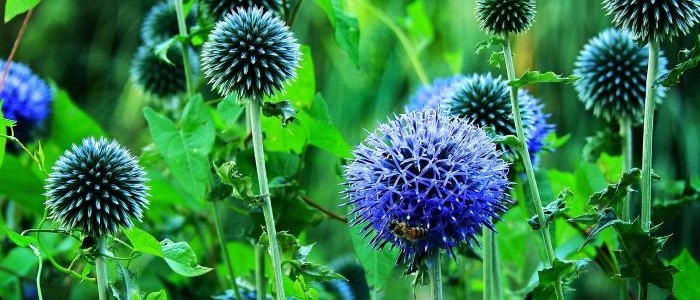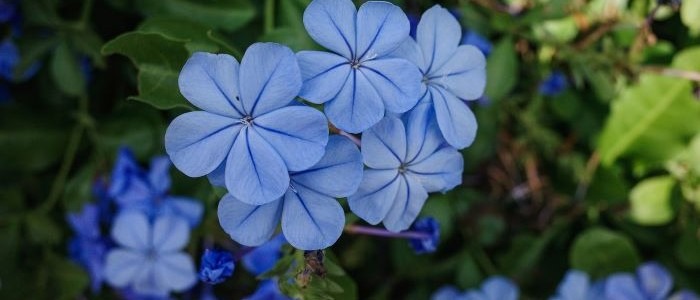The eye-catching flowers of the blue Cape Primrose (Streptocarpus) plant make it a wonderful addition to your home garden Generally it is easy to care for and can thrive in both indoor and outdoor settings. With its unique blooms, the blue Cape Primrose will surely stand out in your garden.
Cape primrose is also a low-maintenance plant that requires minimal watering and can withstand a range of temperatures. This makes it a great choice for novice gardeners or persons who are looking for a low-maintenance plant.

Blue Cape Primrose Frequently Asked Questions
Is the blue Cape Primrose an indoor or outdoor plant?
The blue Cape Primrose can be grown both indoors and outdoors, depending on the climate and environment. In areas with mild temperatures and adequate humidity, they can thrive outdoors in a garden or container. However, in colder climates or during the winter months, it's best to bring them inside and place them near a window with bright, indirect light.
How do you propagate the blue cape primrose?
The blue Cape Primrose can be propagated through stem cuttings or division. To propagate through stem cuttings, take a 3-4 inch cutting from the tip of a healthy stem, To propagate by division, gently remove the plant from its pot and carefully separate the root ball into smaller sections, each with a healthy stem and roots.
Caring for the Blue Cape Primrose Plant
If you are looking to enhance your garden with blue cape primrose, there are a few things to keep in mind when taking care of them.
Firstly, blue cape primrose prefers well-draining soil and partial shade. It is important not to overwater the plant, as it can lead to root rot.
Secondly, blue cape primrose requires regular deadheading to promote continuous blooming.
Therefore, if you want to keep your blue cape primrose looking its best, be sure to remove any dead flowers on a regular basis. This will encourage the plant to produce new blooms and keep it looking healthy and vibrant. Lastly, it is important to fertilize the plant regularly to ensure healthy growth. So be sure to give your cape primrose the attention it deserves and enjoy its stunning blooms.
Propagating the Blue Cape Primrose Plant
Propagation of the blue cape primrose plant can be done through several methods, including division of the root ball, stem cuttings, and seed propagation. Each method has its own advantages and disadvantages, and the choice of propagation method will depend on the individual gardener’s preferences and circumstances. Here is a more detailed look at the three methods mentioned above:
1. Propagation of the blue cape primrose plant through division of the root ball involves separating the plant into smaller sections and replanting them in new locations. This method is best done in the spring or fall and can result in larger, more established plants. However, it can be more time-consuming and may not be suitable for plants with smaller root systems.
2. Stem cuttings involve taking a section of the plant’s stem and rooting it in water or soil. This method is best done in the summer, resulting in faster growth and more plants. However, it can be more prone to failure if not done correctly and may not be suitable for all plant varieties.
3. Propagation of the blue cape primrose plant through seeds is the most common method and involves collecting seeds from the plant and sowing them in the soil. This method can be done in the spring or fall and can result in a large number of new plants. However, it can take longer for the plants to mature and may require more attention and care during the germination process.
Overall, each method has its advantages and disadvantages, and the best method for propagating the blue cape primrose plant will depend on the individual plant and the gardener’s preferences. Whether it is through plant division, cuttings, or seeds, with proper care and attention, the blue cape primrose plant can thrive and add beauty to your garden.
Pruning the Blue Cape Primrose Plant
Pruning is essential for maintaining the health and beauty of blue cape primrose plants. Here are five reasons why it is important to prune the blue cape primrose plant.:
1. Promotes new growth: Pruning stimulates new growth in blue cape primrose plants, which helps to keep them healthy and looking their best.
2. Controls size and shape: Regular pruning helps to control the size and shape of the plant, preventing it from becoming too large or unruly.
3. Increases flowering: Pruning can also increase the number of flowers that a blue cape primrose plant produces, making it even more beautiful.
4. Removes dead or diseased branches: Pruning allows for the removal of dead or diseased branches, which can prevent the spread of disease and improve the overall health of the plant.
5. Enhances air circulation: Pruning can also improve air circulation within the plant, reducing the risk of fungal diseases and promoting healthy growth.
Overall, regular pruning is a crucial part of maintaining the health and beauty of the blue cape primrose plant.
Common Pest That Can Harm the Cape Primrose Plant
The health and hardiness of your blue cape primrose plant are dependent on your ability to monitor and eradicate harmful pests. Here are five pests that you need to consider when caring for your cape primrose: spider mites, thrips, aphids, whiteflies, and mealybugs.
The Spider mite is a tiny pest that can cause significant damage to the Cape Primrose plant. These tiny arachnids feed on the plant’s sap and can cause yellowing and bronzing of the leaves. They also produce webbing, which can cover the plant and make it look unsightly. If left untreated, spider mites can quickly multiply and cause significant damage to the plant. It is important to take action as soon as you notice any signs of spider mites on your Cape Primrose plant to prevent further damage.
Thrips are another common sap-sucking insect that can affect the Cape Primrose plant. These tiny insects feed on the leaves and flowers of the plant, causing damage that can result in distorted or discolored leaves and flowers. Thrips can also transmit viruses to the plant, which can further weaken its health. To prevent and control thrips infestations, it is important to keep the plant well-maintained and free from debris, as well as use appropriate insecticides if necessary.
Most gardeners are familiar with aphids; these common garden pests feed on the sap of plants. They are known to cause significant damage to the Cape Primrose plant by feeding on its sap and excreting honeydew. This sticky substance can attract other pests and promote the growth of sooty mold, which can further damage the plant. If left untreated, aphids can cause the leaves to wilt and drop off, leading to stunted growth and reduced overall health of the plant.
Among the pests that usually provide a challenge to most gardeners are Whiteflies. These tiny, white insects usually feed on the underside of leaves and can cause yellowing and stunted growth in plants like the Cape Primrose. Whiteflies also excrete a sticky substance called honeydew, which usually attracts other pests and promotes the growth of sooty mold. It is very important to monitor your plant regularly for whiteflies and take action to eradicate them when necessary.
Conclusion
Whether you’re a seasoned gardener or a beginner, the cape primrose plant is a must-have for your home garden. Not only do they add vibrant color, but they are also easy to care for and they attract pollinators such as bees and butterflies.
The Cape Primrose thrives in full sun or partial shade and can be planted in containers or directly in the ground. Once you provide adequate watering and occasional fertilization, blue cape primrose plants can bloom for several months, providing a stunning display of blue and purple flowers.
Other Blue House Plants
